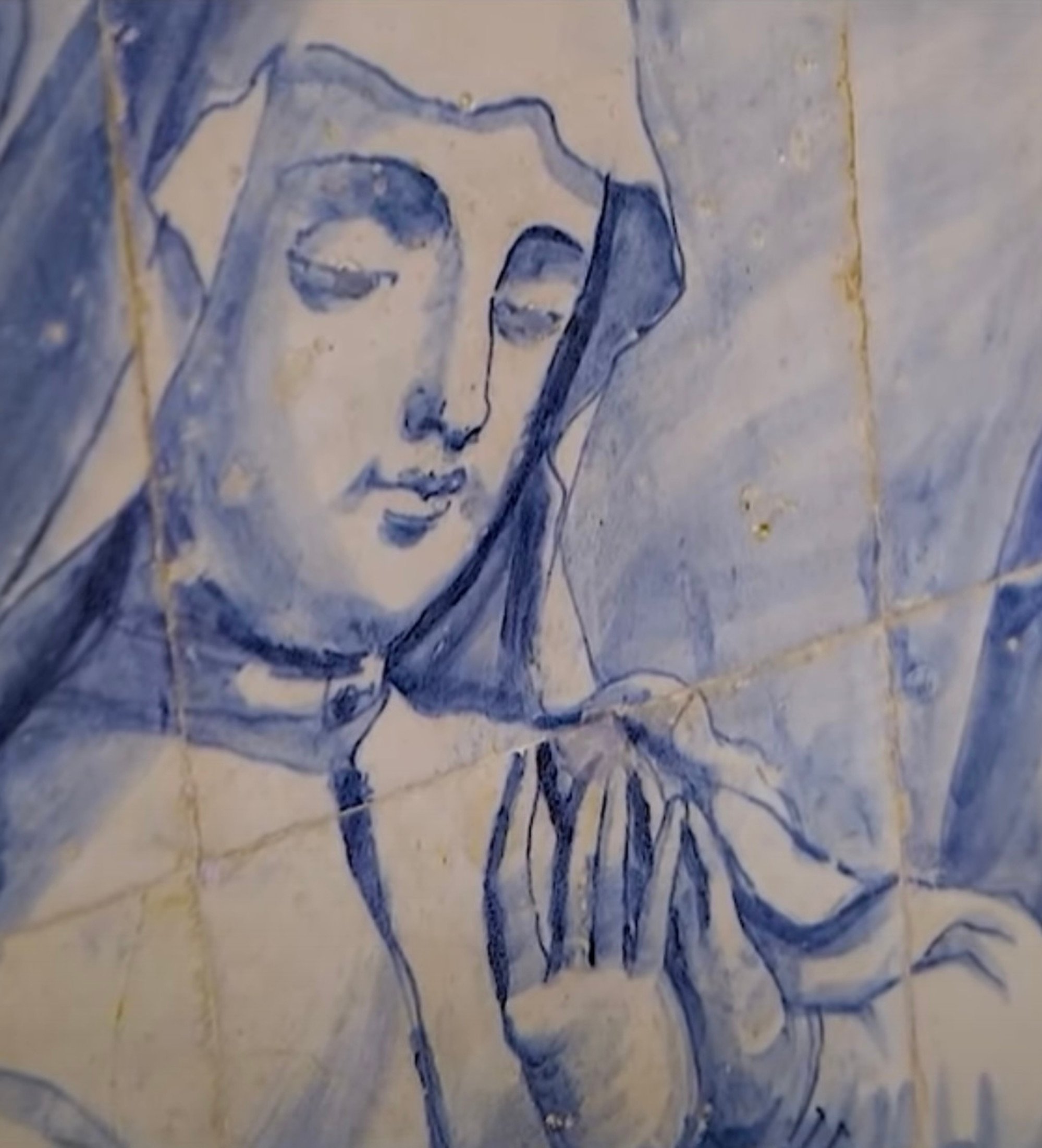
THE INDIAN SITE WHERE DNA TESTS CONFIRMED THE STORY OF GEORGIAN SAINT KILLED 400 YEARS AGO
Bones at Goa's Church of St Augustine were recently found to belong to a queen Georgians consider a saint, believed to have died in 1624
The Church of St Augustine, which forms part of the Churches and Convents of Goa Unesco World Heritage site in Old Goa, in western India, is a major tourist attraction with an interesting history.
The religious monument is linked to Ketevan the Martyr, a queen consort of the Kingdom of Kakheti - a monarchy formed in eastern Georgia in the late medieval period - who is considered a saint in the Georgian Orthodox Church.
Her story dates back to the 1600s, with September 13 marking the 400th anniversary of her death.
Do you have questions about the biggest topics and trends from around the world? Get the answers with SCMP Knowledge, our new platform of curated content with explainers, FAQs, analyses and infographics brought to you by our award-winning team.
During the Middle Ages, the Kingdom of Kakheti was sandwiched between two Islamic empires: the Ottoman Empire (ruled from modern-day Turkey) and the Safavid Empire (based in what is today Iran). In 1613 the Safavid shah Abbas the Great set out to conquer Kakheti.
King Teimuraz I of Kakheti gave his mother, Queen Ketevan, and his two sons to the shah as hostages to prevent war. But Abbas the Great reneged on the deal and began a bloody conquest, razing the Kakhetian royal palace and Georgian churches to the ground.
Ketevan's suffering during this period is recorded in detail in preserved documents. She was asked to convert to Islam and join the shah's harem, but refused despite being threatened with torture.
Historical records indicate she was killed in 1624, 10 years after she was imprisoned. Eyewitness accounts by two Indian monks of her ordeal still exist.
"They were Catholic missionaries of the St Augustine denomination who had travelled from Goa to Iran at the time. Legend has it they struck up a friendship with the queen and held her in great esteem," says Bob James Abreo of Soul Travelling, a tour operator in Goa.
"After her death, they carried the bones of her right arm from Iran and brought them back to revere and bury them in Goa."
Over the years, Abreo has told this story to many visitors from around the world while showing them around the Church of St Augustine, which, he says, "used to be one of the three biggest churches in Asia".
In the 1830s, Portuguese colonists expelled Augustinians from Goa, leading to the abandonment of the church.
In the years that followed, the main vault of the church crumbled. Today the site is dominated by the ruins of a large bell tower.
In 2005, a group of Indian archeologists discovered three sets of human bones on the grounds of the church.
"The excavation was done upon a request from the Georgian government in a bid to locate Queen Ketevan's bones, which, as per historical records, they believed were buried here," Abreo says.
"But for years, the investigation hadn't yielded results because of the complete collapse of these ruins."
In 2013 Dr Niraj Rai, a scientist specialising in archaeogenetics - the study of ancient DNA - made the first attempt to profile the bones.
"We found out that two of the bone fragments belonged to local priests who lived here at the time," Rai says. "But the third - the bones of a hand - didn't match our Indian DNA database at all."
Further investigation revealed that the bones belonged to a female of Georgian descent.
"Our DNA analysis concluded that the bones were most likely Queen Ketevan's," Rai says. "From historical accounts, it was known that her right arm had been brought to Goa in 1627. But to confirm history in this way - it was mind-blowing."
The remains of Queen Ketevan were handed over to the spiritual head of the Georgian Orthodox Church and the then Georgian prime minister, Irakli Garibashvili, in 2021.
What was left behind was a tale of betrayal, devotion, friendship and sacrifice that left a deep impression on locals and tourists alike.
More Articles from SCMP
Hongkongers will soon need to pay to enter the UK. What should you know about the ETA system?
Chinese graduates’ job pressures, Harris and Trump’s tough talk on China: 7 highlights
China KOL confronts Japan tourists at Beijing historic site, says they do not deserve to be there
Hong Kong Sports Commissioner Sam Wong quits 1 year into job
This article originally appeared on the South China Morning Post (www.scmp.com), the leading news media reporting on China and Asia.
Copyright (c) 2024. South China Morning Post Publishers Ltd. All rights reserved.
2024-09-13T08:53:30Z dg43tfdfdgfd